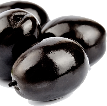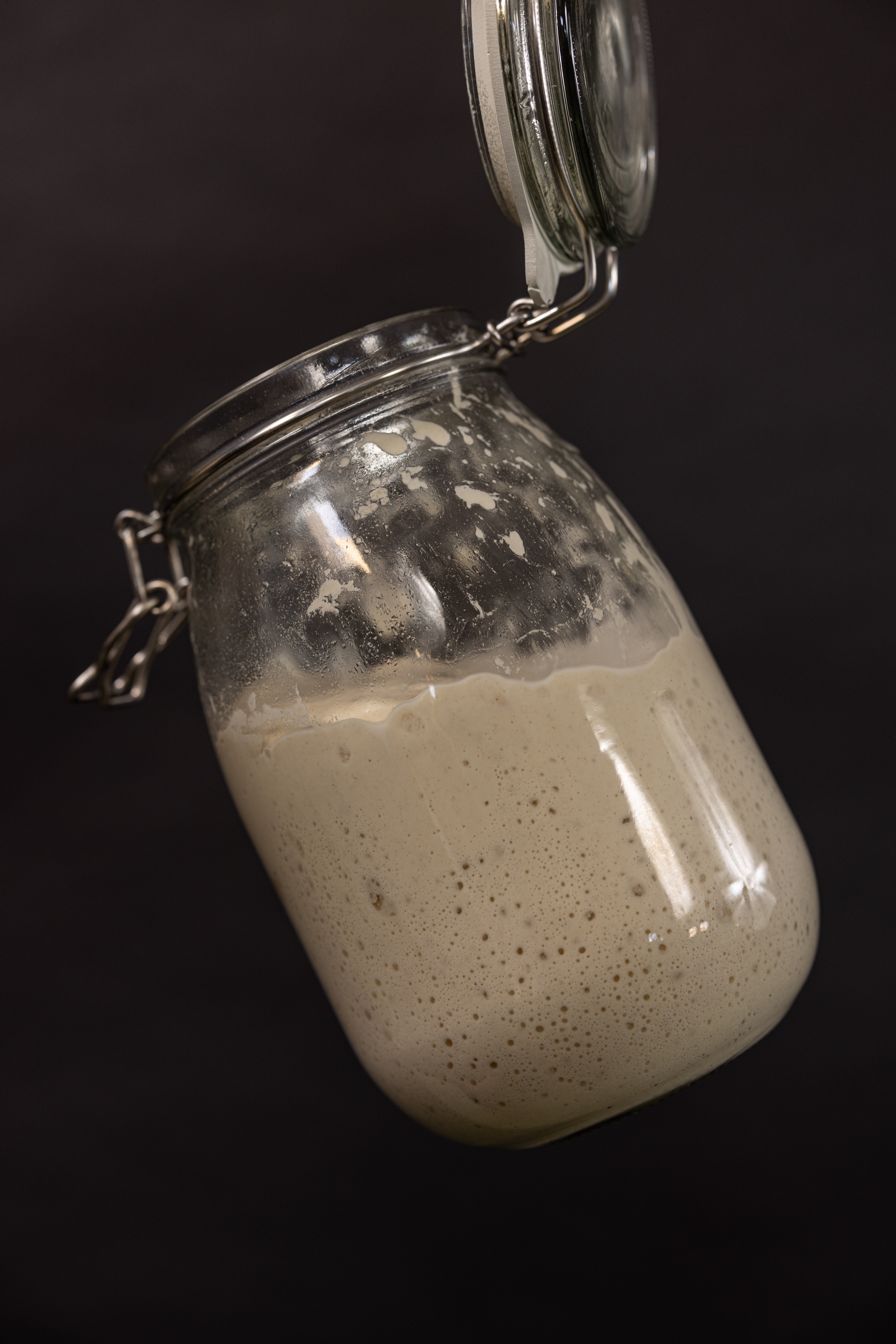







Poolish

 3715 x views
3715 x views
Poolish is one of the three starters that you have at your disposal as a pizza baker to make an 'indirect dough'. Poolish gives your dough an open and airy structure because the gluten in poolish is very elastic. Poolish strengthens the gluten network and ensures many and regular alveoles. These are the air bubbles that are visible in the dough after you have baked it. The dough is softer than with biga.
Fermentation time poolish: 2 to 18 hours at ambient temperature, or longer in the refrigerator
Hydration: 100%
Percentage of the main dough: 10% to 35%
Taste: mildly sour taste, a bit like yoghurt
Origin: Poland; became popular in France
Preparation: Poolish has a hydration of 100%, which means that you mix flour and water 1:1. You also add a little bit of yeast. So, for example, you mix 100 grams of flour with 100 grams of water (50-50 or 150-150 is also possible, as long as the ratio is the same). We will explain the calculations later. You do not add the salt at this stage, you only do that when you are going to make your final dough.
Once you have mixed the water, flour and yeast, place the poolish mixture in a sealed (mason) jar or container. Then leave the poolish for between 2 and 18 hours, just somewhere in the environment. The ideal temperature is around 20 to 23 ?. If the environment is much warmer, for example on a summer day, then your poolish will develop faster. In a colder place, the development will go slower.
Keep an eye on your poolish, because you can let it develop - just like dough - (see below). A successful poolish has approximately doubled in size and if all goes well, you will see all kinds of nice air bubbles in your mixture. If you leave your poolish for too long, it will collapse at some point because the air bubbles will break.
If necessary, you can slow down the development of your poolish by putting it in a cooler place. This can be a cellar or garage, or even in the refrigerator. In the refrigerator, the poolish continues to ripen (the flavour development), while the poolish does not rise much due to the lower temperature in the refrigerator. In this way, you can play around a bit with the number of hours and ‘tune’ the poolish to your schedule. For example, you can let the poolish get going in the environment for 1 or 2 hours after making it and then put it in the refrigerator for about 24 hours. The refrigerator does change the flavour of the poolish, it usually becomes less sour in the refrigerator. For the most pronounced flavour, let the poolish develop outside the refrigerator.
Tip: You can make poolish from various types of flour. If you make poolish with, for example, a type 1 or 2 flour, this will produce a different flavour than if you make poolish from 0 or 00 flour. If you use a type 0 or 00 flour, use an averagely strong or strong type.
Amount of yeast: The amount of yeast in a poolish is variable and depends on the ambient temperature on the one hand and on the number of hours you give the poolish to develop on the other. The more hours, the more flavor. The more hours, the less yeast.
Some pizza bakers also add some honey or sugar, but this is not strictly necessary. In fact, purists believe that honey (which is actually also sugar) changes the slow flavor development of the poolish because you stimulate the yeast even more.
As a guideline for the amount of dry yeast to use:
- 0.5% for 1 to 2 hours
- 0.4% for 2 to 6 hours
- 0.3% for 6 to 10 hours
- 0.2% for 10 to 14 hours
- 0.1% for 14 to 18 hours (or longer)
Are you using fresh yeast? 0.1% dry yeast becomes 0.3% fresh yeast.
Incorporating poolish into your dough: When the poolish is ready, you incorporate it into your main dough. If you knead by hand, first dissolve the poolish in the water. Then add the remaining flour and salt. If you make your dough in the dough machine, you can mix the poolish, water and flour together at the same time. Set the machine to the slowest setting and add the salt as the last ingredient.
Because the development of the gluten structure in the poolish has already started, you do not have to knead a poolish dough for as long as a direct dough, where no gluten development has taken place at all.
Over-risen poolish
Has your poolish completely collapsed? Don't throw it away. You can make sourdough from it by feeding it with new flour and letting the mixture stand again. You can also use the over-risen poolish in your dough. In that case, add some extra dry yeast to your dough.




 0
0